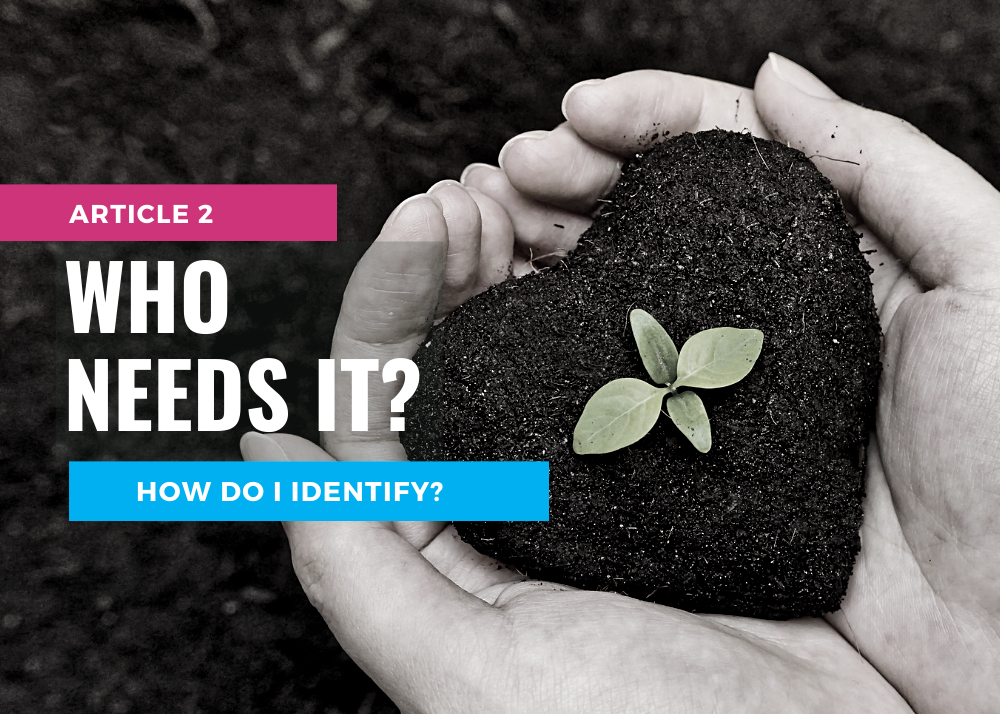
ARTICLE 2: IDENTIFYING CHILDREN WITH LANGUAGE DELAY
1 in 5 children worldwide have a language delay. In Australian preschools, this is closer to 60% of children (pre-COVID-19 pandemic lockdowns). 2021 data out of England suggests a good rule of thumb is - if you have only identified 30% of children, you’re missing some key indicators.
A child with language delay can present with a few key factors you can identify:
-
Low levels of spoken words.
-
Hard to understand speech.
-
You might notice they have few friends.
-
English might be their second language.
-
Not doing what is asked of them - a level of defiance.
-
An inability to sit still during reading or focused activity time.
The best way to confirm if a child has a language delay is through clinical observation and assessment by a Speech Pathologist. However, you can begin to provide language education and support before the child receives a formal assessment.
“Children with language delay often feel excluded from the world around them and from their peers”
We want to bridge the gap by bringing language to them in a way they feel comfortable to enhance their development and to make them feel central to the learning process.
